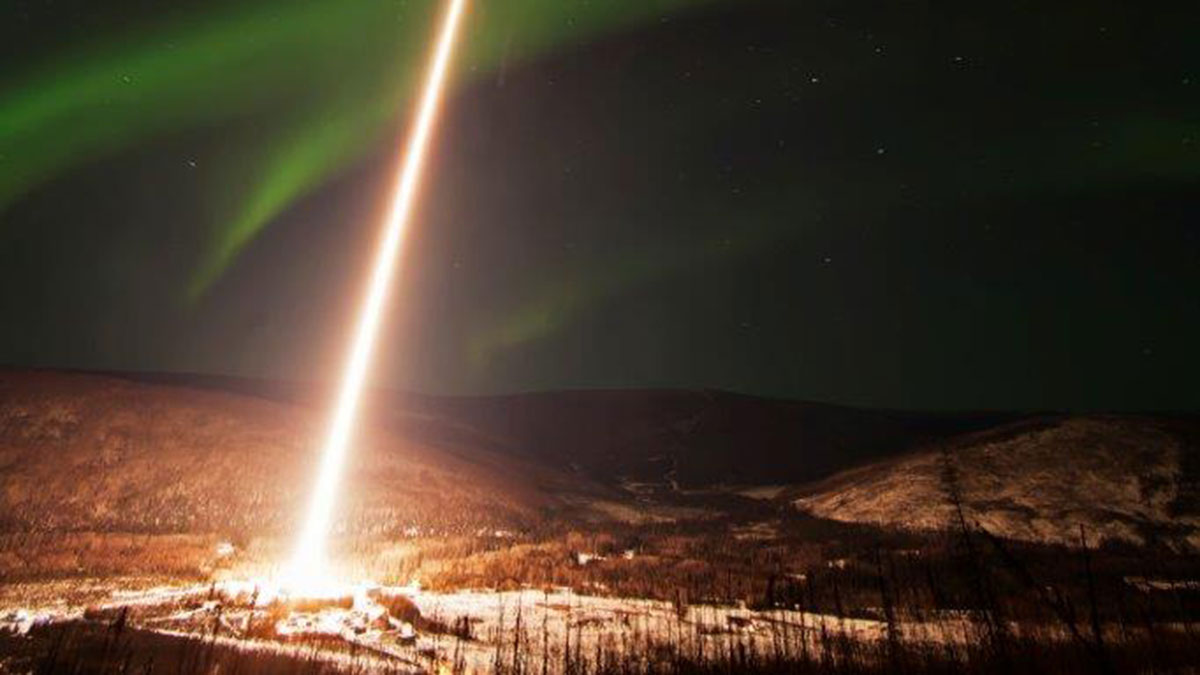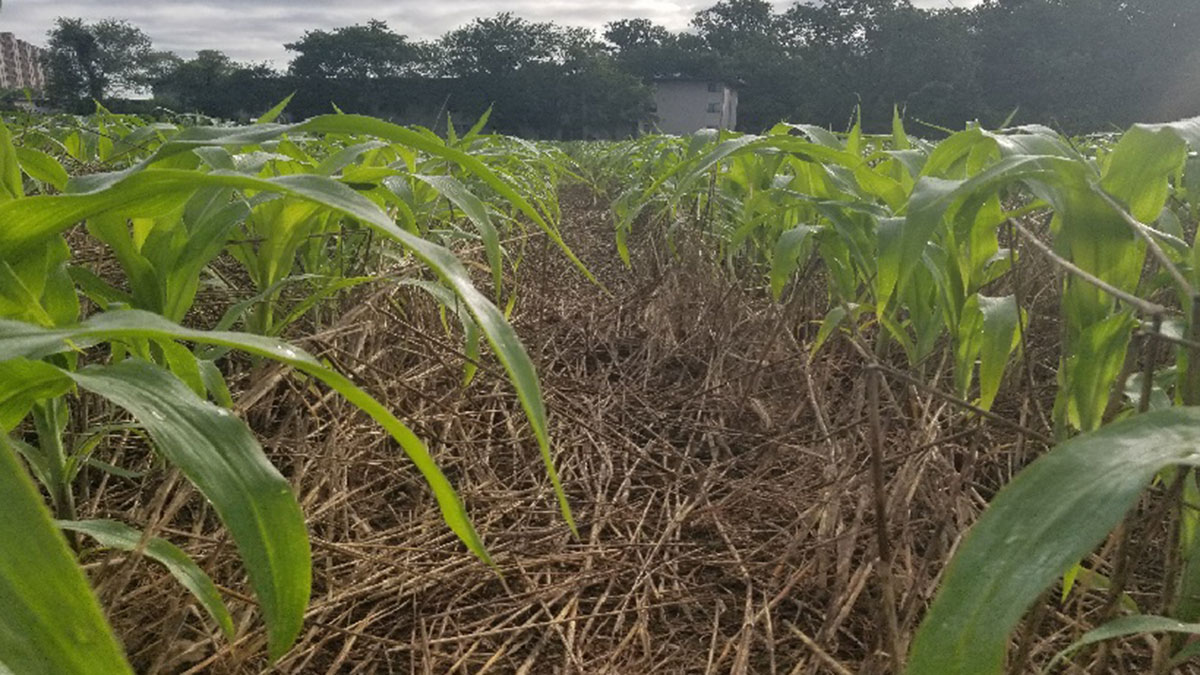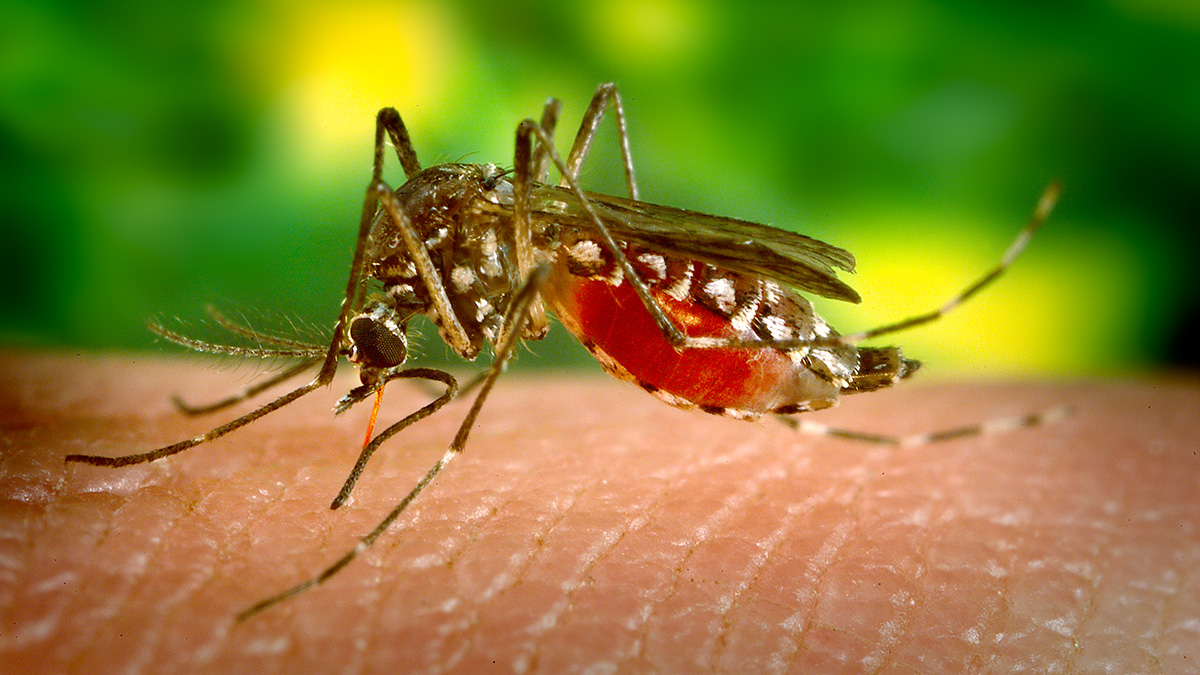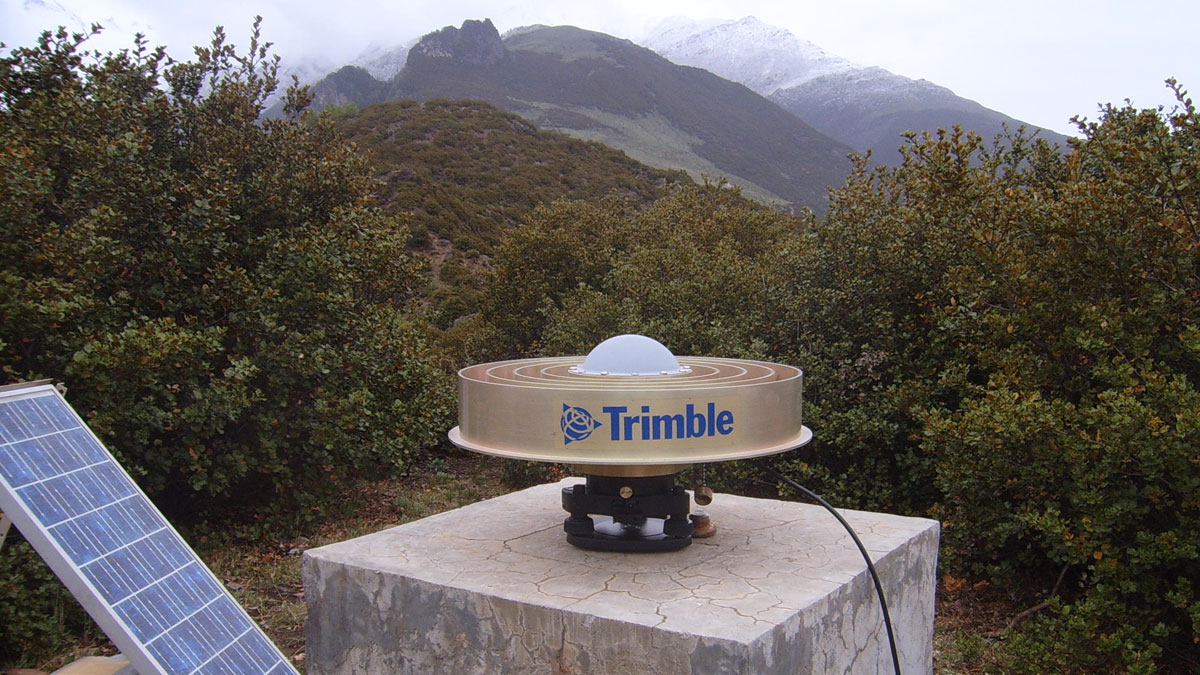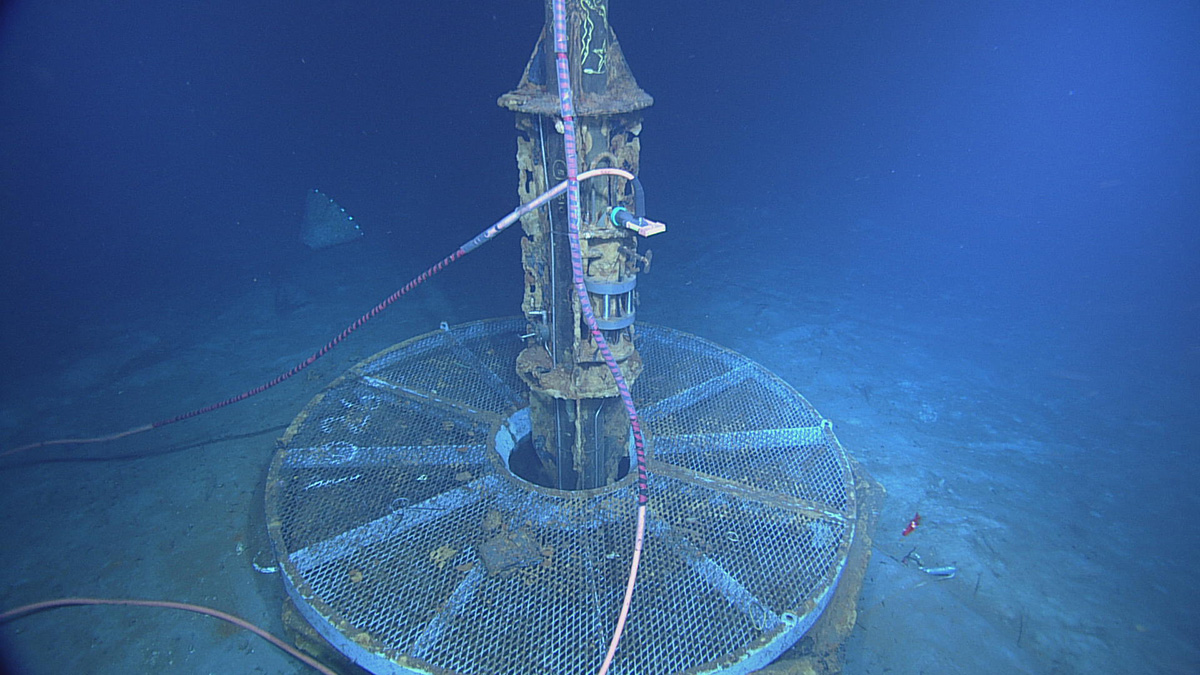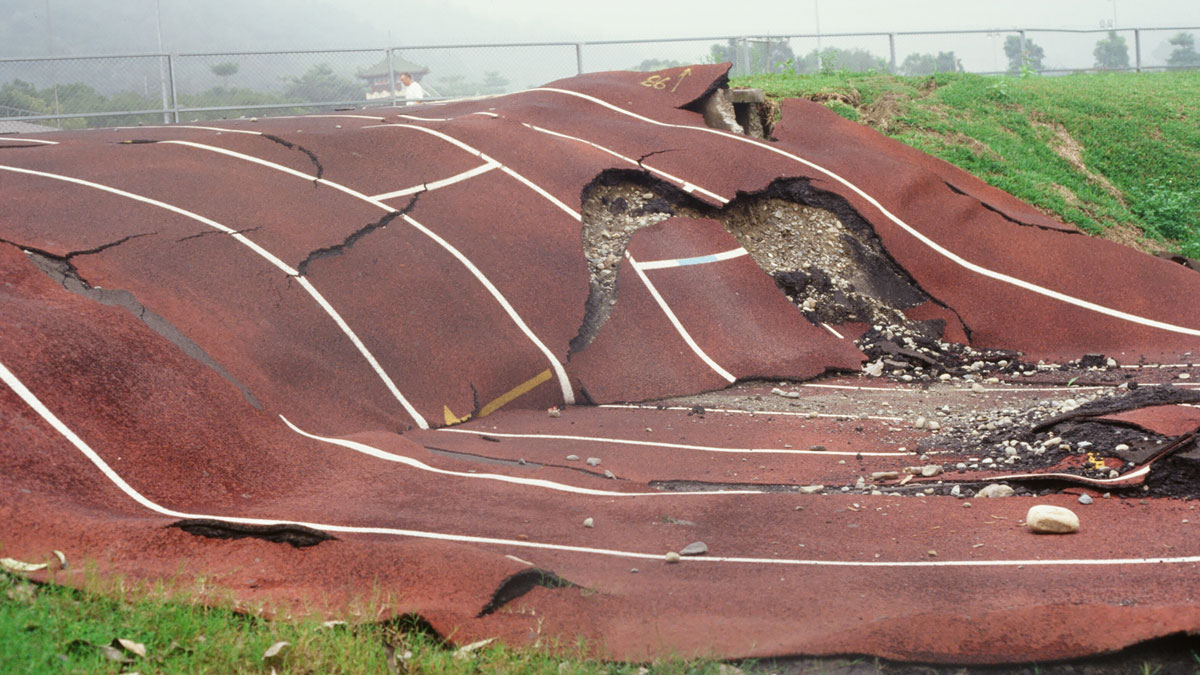Using 1D and 2D data sources as model constraints yields fine-scale insights into real-world aurorae.
Research Spotlights
Research spotlights are plain-language summaries of recent articles published in AGU’s suite of 24 journals.
The Perspective from Space Unlocks the Amazon Water Cycle
Satellite imaging and remote sensing offer unique insights into the Amazon’s complex hydrology. A new review summarizes decades of findings and charts a path forward for new remote sensing missions.
Modeling Mulch to Understand Agricultural Soil
A new model helps shed light on residue mulch, an important regulator of surface soil conditions.
How Fault Surface Features Can Tell Us About Future Earthquakes
A new study suggests ways to quantify fault maturity, a property that affects earthquake characteristics.
Faults in Oceanic Crust Contribute to Slow Seismic Waves
New high-sampling rate measurements of fluid pressures in oceanic crust reveal unresolved fractures and pathways for fluid flow.
Capturing How Fast the Arctic Ocean Is Gaining Fresh Water
A new analysis suggests that models do not accurately capture how fresh Arctic surface waters mix with deeper waters, contributing to underestimation of Arctic surface freshening.
Rock Structure Explains Slow Seismic Waves
New findings contrast with a prevailing hypothesis for low seismic velocity in subduction zones.
Faulting and Folding Signals in Seismic Data
A novel numerical model simulates folding in Earth’s crust throughout the earthquake cycle.

